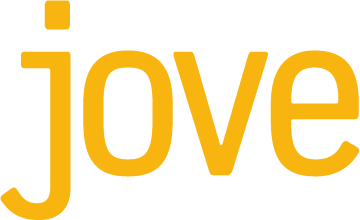Techniques: The Q&A interview
/Interviews in a Q&A format are one of the most effective devices for engaging audiences—and, in the financial services space, one of the most underused.
Magazines and newspapers rely on Q&A interviews, notably for columns (for example, The New York Times’s “Corner Office”) designed to capture varied experiences on a consistent theme. But Q&A interviews are also useful as one-offs. They have an immediacy and intimacy that no other short-form writing can capture. They’re the textual equivalent of a podcast.
Good Q&A interviews aren’t necessarily easy to pull off. They require an interesting interviewee, a skilled interviewer, and vigorous editing. But they’re particularly good at three things we think financial services content could stand more of:
Presenting human stories. That is, stories about lives changed, improved, or realized, directly or indirectly through your products and services. If you don’t think this works, consider Patagonia—a schmatte merchant that offers its customers an association with rugged outdoor experience, in no small part through stories. They’re very, very good at this, and often use Q&A to do it.
Can’t quote clients directly? Tell their stories through your relationship managers, client services reps, or advisors. Voilà—two stories: the happy client’s, and the helpful advisor’s.
Leveraging star power. Interview noteworthy, accomplished people outside the industry on issues your audience cares about. An athlete on social investing. An actress on raising children with wealth. A retired CEO on philanthropic work.
In reaching for those stars, look for mutually beneficial opportunities. It took us two phone calls to get a decisionmaker at the CarterCenter to agree to an interview with former President Jimmy Carter for UBS’s private client magazine. It wasn’t hard to sell them on a soft interview in return for an audience of 45,000 of UBS’s richest U.S. clients.
Spotlighting your thought leaders. Your subject matter experts are usually presented in dry, abstract formats such as white papers and highly staged webcasts. Make them come alive as real people by profiling them on a side interest or on their career journey.
Or engage them in their specialty, but in the more interesting Q&A format. For example, a point/counterpoint between two thought leaders on a two-sided issue—active vs. passive, or India vs. China as the next global powerhouse.
Our interview with former President Carter in its entirety.


